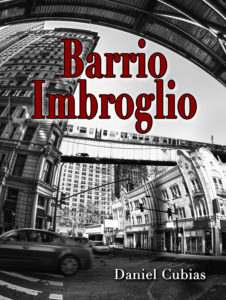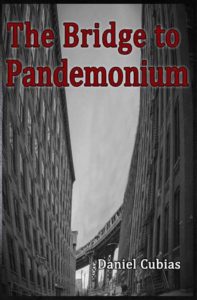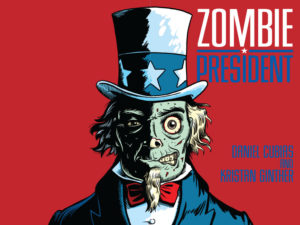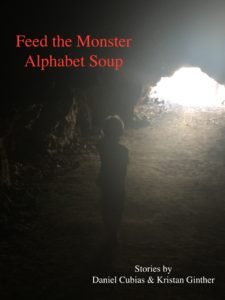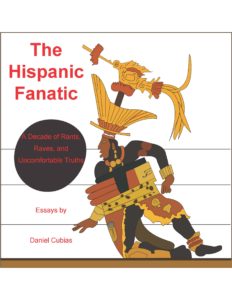When I lived in New York City, I didn’t hang out in East Harlem or Washington Heights, the Hispanic areas of town. I was much more into Greenwich Village.
When I lived in Los Angeles, I didn’t feel at home in East LA, the heavily Latino-ized section of the city. I was more likely to be found in Los Feliz, which is Spanish in name more than in constituency.
So when it comes down to it, maybe I am low-level hipster more than hardcore Hispanic. Still, my old neighborhood in my hometown, an area where I lived from the ages of five to eleven, still appeals to me. But I wonder if it is the siren call of nostalgia rather than the place’s inherent charm.
It’s been almost thirty years since I left there. It was, and remains, predominately Hispanic, and can arguably be called a barrio.
The place was rather seedy back in the day, although not homicidally dangerous. It has gotten noticeably better in the intervening years. Still, the improvement is so modest that it stuns me to realize it is the culmination of decades of progress and social activism.
The people who live there have worked very hard – planting trees and painting houses and opening businesses and forming block parties – yet it looks much the same to me. Again, it’s nicer, with far less tagging on the garages and more flowers in the park and fewer suspicious characters hanging out on stoops. But it doesn’t have the resplendent charm of what most Americans would call “a nice neighborhood.”
Is this because large-scale changes take decades, and I should wait and see what 2040 brings to the place? Or is gradual improvement the best that can be asked of an area that was economically disadvantaged for so long that it simply can’t catch up to the more vibrant parts of the city? Or are Hispanics too lazy and stupid to make things better?
That last option was just to see if you’re still reading.
I have no idea why my old neighborhood seems to have plateaued at a merely “pretty good” stage. I also don’t know if it will improve, stagnate, or decline.
But I will keep an eye out for changes. On average, a couple of times a year, I still walk down the streets I explored as a kid. This is because whenever I am back visiting my hometown, I end up there.
I don’t set out to visit the neighborhood. After all, I’m not in touch with anybody I knew there, and most of the places I remember are gone. But between jaunts to my friends’ suburban houses and escapades around my adolescent stomping grounds and visits to random parts of the city for impromptu errands, I inevitably end up, even if it’s fleetingly, back on the streets of my childhood.
I’m tempted to call this karma or the pull of destiny. In truth, I think it’s because my hometown just isn’t that big.
So there I am, heading down the street where El Sombrero restaurant used to be, or walking through the park where we had Little League games, or passing the corner where that Spanish Cobra stole my Halloween candy (not all childhood memories are fond ones).
Decades ago, when we moved out of the neighborhood, my mother and I ended up in a nicer part of town. At my new school, I was one of the few Hispanics, and our neighbors were white, for the most part.
Some would call this selling out. Others may refer to it as movin’ on up.
I must admit that at the age of eleven, I had no terminology for it other than “I have to pack my stuff in boxes again.” But I remember that I didn’t really miss the old neighborhood.
